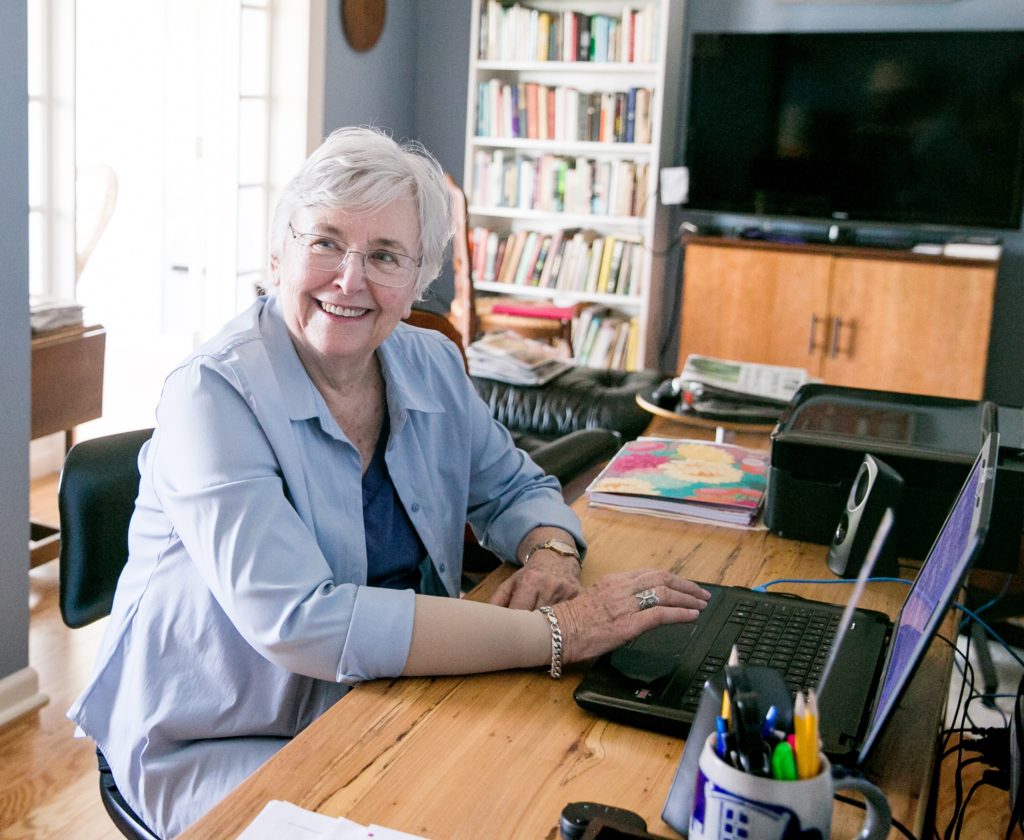November 25, 2022

Moving from one’s home to a senior living community is undoubtedly one of life’s most monumental decisions…especially as many older adults reside in larger homes with a lot of space – and a lot of stuff in that space.
A Freeing Decision
Indeed, even as the “tiny house” movement is taking hold in America, many of us still feel bigger is better. Coupled with the emotional implications of leaving a houseful of memories and possessions, the prospect of downsizing to smaller quarters looms large.
Despite the obstacles, however, nearly one million people over the age of 65 have moved into a continuing care retirement community (CCRC, also called a Life Plan community). Many of them subsequently feel like a weight has been lifted once they do.
“We consistently hear from people who move to a senior community that they wish they’d done it a lot sooner,” said Maureen Longoria, co-founder of LivNow Senior Relocation Services. “It’s often not knowing what to do with all of their stuff that holds them back.”
Once the liberating decision to move is made, the question is which type of living space to choose.
This One’s Just Right
At Kendal at Lexington, residents can choose a new living space that’s just right for them. Over twenty beautifully designed floor plans with balconies and patios range in size from studio apartments to two-bedroom cottages, complete with sunrooms, garages, and even some with basements.
While many of our residents have come to KaLex from spacious homes, several favor smaller accommodations, and for good reason.
There is much to be said for a smaller, cozier abode.
Small Abode, Big Benefits
My LifeSite, a service that helps seniors and their families navigate the often-overwhelming process of choosing a CCRC, notes several benefits to choosing a smaller residence.
First and foremost, a smaller space saves money on entrance fees and monthly service fees.
What’s more, residents in even the smallest apartments and cottages have an entire world of activities, amenities, and social connections just outside their doors, as well as access to commodious common areas inside and out. At Kendal at Lexington, these areas are accentuated by a backdrop of the exquisite Blue Ridge Mountains and the vibrant rural, university smalltown of downtown Lexington.
Most of what is found in larger homes – big kitchens, multiple bedrooms and baths, roomy entertaining areas – is not necessary in smaller dwellings nestled within a CCRC that provides for communal dining, social gathering, and expansive outdoor living.
A smaller space can be easier to navigate if mobility issues are a concern and can be designed with fewer tripping hazards and easier access to what one needs.
For visiting family and friends (as well as prospective residents), the Sunnyside Guest House on the Kendal campus offers a warm welcome with an enchanting touch of 18th-century romance.
Less Clutter, More Living
According to senior interior designer Laura Ireson, design can make a huge impact when considering three key concepts: scale, proportion, and balance.
Scale is how well your pieces fit together with one another. (The chaise lounge you had in your main suite may make an awkward bedfellow in your tidier space.) Proportion is how well your pieces fit in the overall space. Balance brings visual calmness and does not necessarily mean perfect symmetry in how things are arranged.
Plants and a photo gallery of favorite people and places add a homey touch to your comfy apartment, while mirrors reflect natural light and create an illusion of more space.
“Go big or go home” is a common catchphrase today, but when it comes to senior living, “go small and be home” may be closer to the truth.